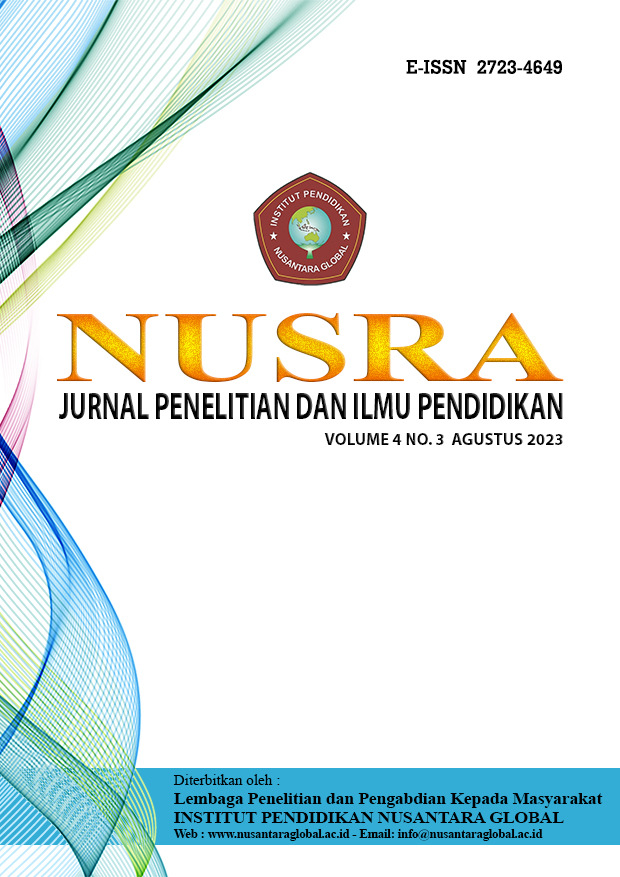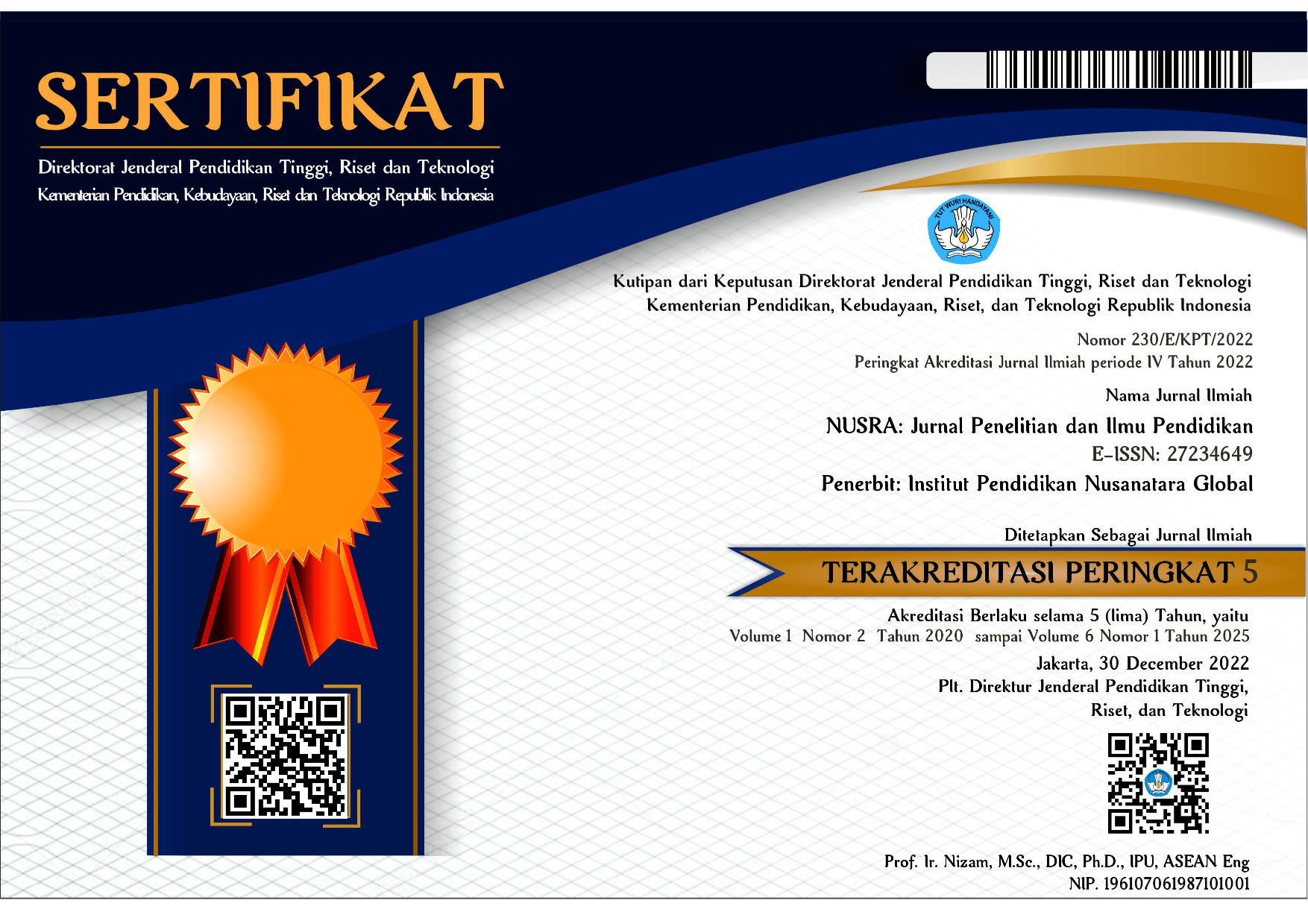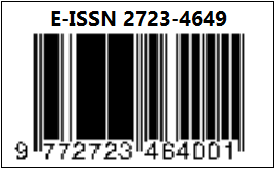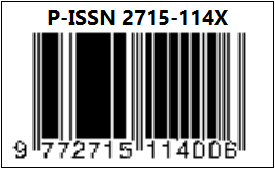ANALISIS PENERAPAN PROFIL PELAJAR PANCASILA PADA DIMENSI 1 DALAM PEMBELAJARAN PAI DI SDN RUNGKUT MENANGGAL I SURABAYA
DOI:
https://doi.org/10.55681/nusra.v4i3.1246Keywords:
Application, Pancasila Student Profile, PAI LearningAbstract
This study aims to describe the analysis of the application of the Pancasila Student Profile in dimension 1 in PAI learning, the methods used to strengthen character according to the Pancasila Student Profile, as well as the supporting and inhibiting factors for the application of the Pancasila Student Profile in PAI learning at SDN Rungkut Menanggal I Surabaya. This study used a qualitative research type, the informants of this research were PAI teachers and students at SDN Rungkut Menggal I Surabaya. This study uses data collection techniques through interviews, observation, and documentation. The results of this study show an analysis of the application of Pancasila Student Profile in dimension 1 in PAI learning through the application of methods according to the Pancasila Student Profile indicators such as reading prayers before and after learning, memorizing short surahs, praying in congregation, and praying dhuha. The method used in character building so that teaching and learning activities are more effective and fun is with activities including extracurricular activities through extracurricular BTQ (Read Write Al-Qur'an). Intracurricular activities include implementing learning while playing through discussion and question and answer methods, carrying out ice breaking activities, and reflecting. Co-curricular activities in the form of implementing learning outside the classroom. Supporting and inhibiting factors for the application of the Pancasila Student Profile in dimension 1 in PAI learning, the supporting factors are teacher support, student enthusiasm, and parental support. While the inhibiting factors are from the child's own will, lack of awareness from parents, and teacher factors.
Downloads
References
Anwar, S., & Salim, A. (2018). Pendidikan Islam dalam Membangun Karakter Bangsa di Era Milenial. Jurnal Pendidikan Islam, 9(2), 235.
Anwar, H. A., & Maman, M. (2023). Kurikulum Dan Sistem Pembelajaran Di Pondok Pesantren Salaf. Jurnal Ilmiah Global Education, 4(2), 521-531.
Daryanto. (2010). Belajar dan Mengajar. Bandung : Yrama Widya
Djamaludin, Ahdar. (2019). Wardana, Belajar dan Pembelajaran 4 Pilar Peningkatan Kompetensi Pedagogis. Sulawesi Selatan: CV Kaffah Learning Center
Ermis Suryana. (2013). Bimbingan dan Konseling Di Sekolah dan Madrasah. Palembang : Noer Fikri
Fachri, M. (2014). Urgensi Pendidikan Agama Islam dalam Pembentukan Karakter Bangsa. 1, 132–133.
Hasudungan, A. N., & Abidin, N. F. (2020). Independent Learning: Forming The Pancasila Learner Through Historical Learning In Senior High School. Conference Seriesv.
Hikmawati, I. (2021). Peran Guru PPKn Dalam membentuk Profil Pelajar Pancasila di MTs MUhammadiyah 1 Malang.
Ismail, S., dkk. (2021). Analisis Kebijakan Penguatan Karakter dalam Mewujudkan Pelajar Pancasila di Sekolah. Jurnal Manajemen Pendidikan Dan Ilmu Sosial., 1, 79–80.
Lie, A., dkkLie, A., dkk. (2020). Mendidik Generasi Milenial Cerdas Berkarakter. Yogyakarta : PT Kanisius.
Rakhman, W., dkk. (2021). Sejumput Ide dari Bumi Tuntung Pandang. Bandung: CV Media Sains Indonesia.
Wina Sanjaya. (2006). Strategi Pembelajaran Berorientasi Standar Proses Pendidikan. Jakarta : Fajar Interpranata Offset
Vandita, L. Y., & Taufik, A. (2023). Pengaruh Pendidikan Kewarganegaraan Dalam Membangun Karakter Generasi Muda. NUSRA: Jurnal Penelitian dan Ilmu Pendidikan, 4(2), 290-297.
Downloads
Published
How to Cite
Issue
Section
License
Copyright (c) 2023 NUSRA: Jurnal Penelitian dan Ilmu Pendidikan

This work is licensed under a Creative Commons Attribution-ShareAlike 4.0 International License.














